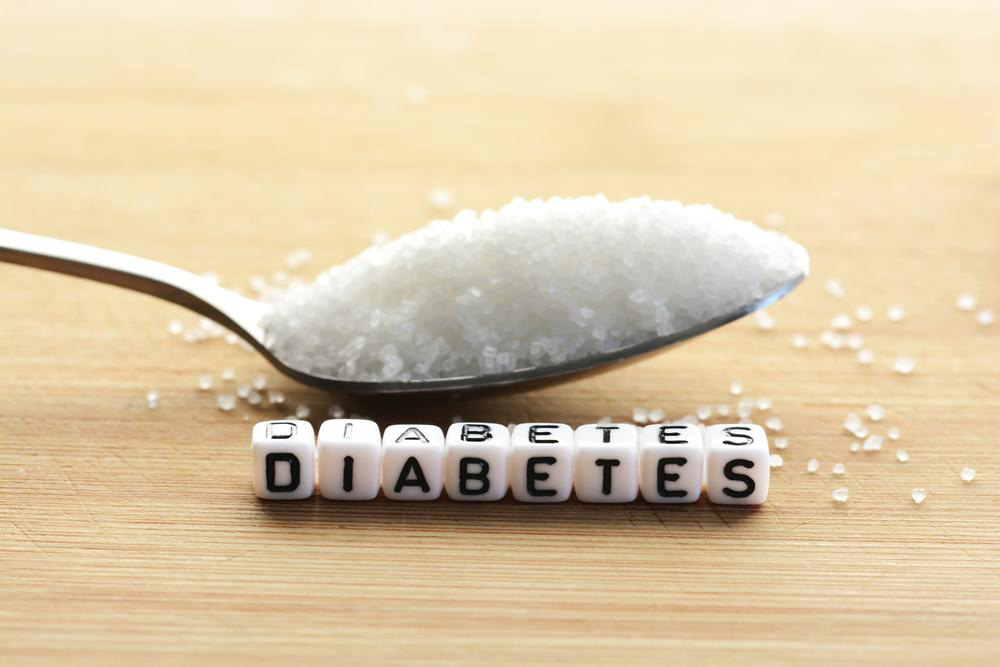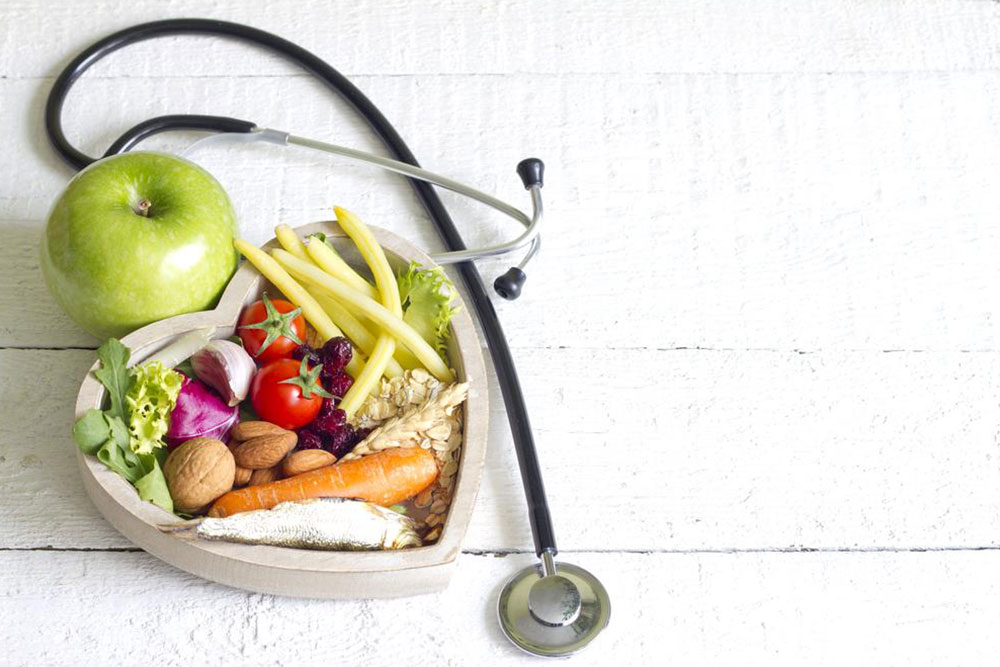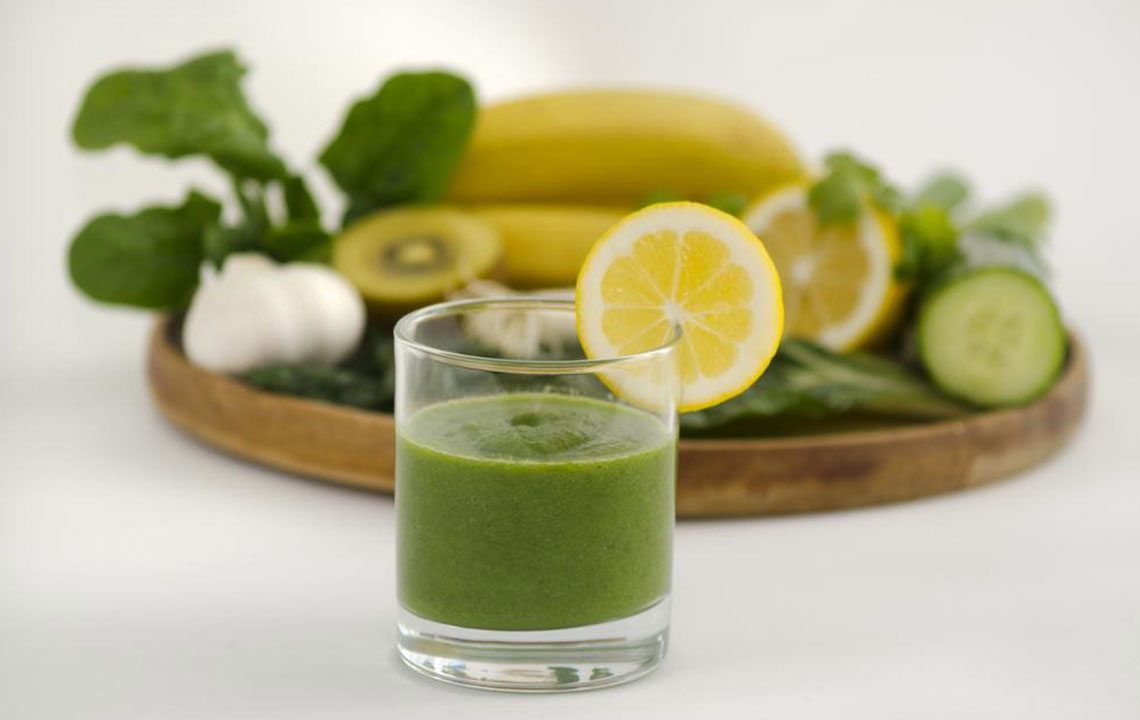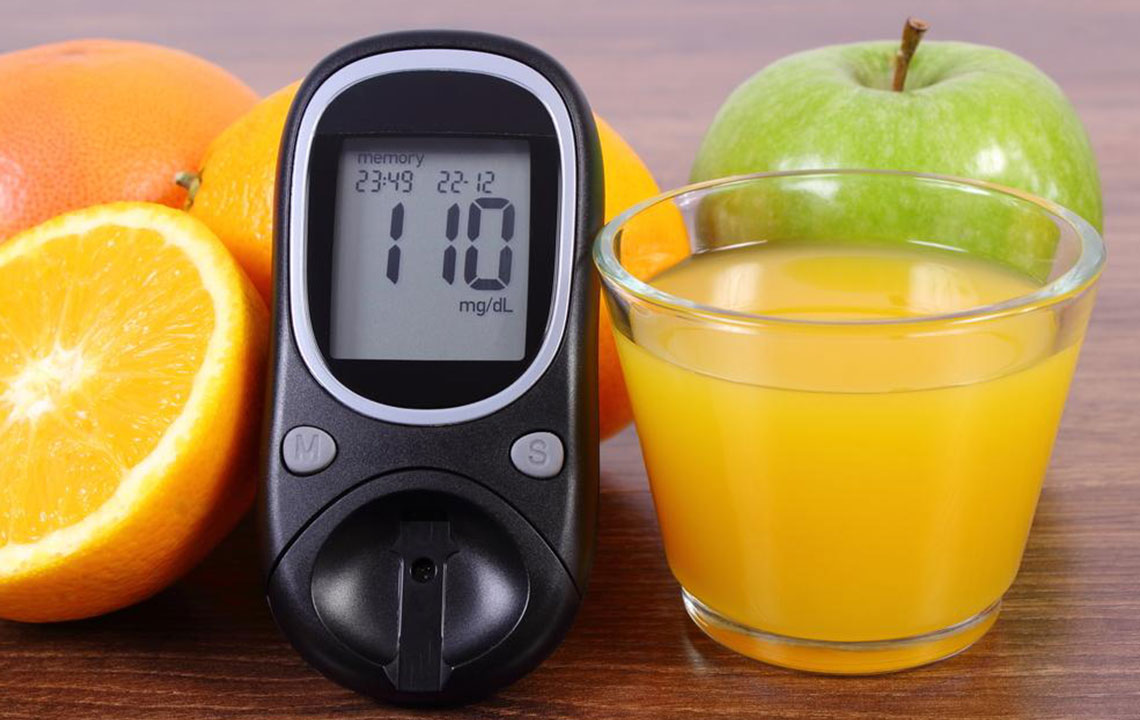Smart and Safe Fruit Choices for Effective Diabetes Management
Learn how to manage diabetes effectively by choosing the right fruits. This comprehensive guide covers low glycemic index options, proper portioning, and tips for incorporating fruits into your diet without risking blood sugar spikes. Discover ways to enjoy healthy, nutrient-rich fruits that support immune health and blood glucose stability. Perfect for diabetics seeking balanced and safe fruit consumption strategies.
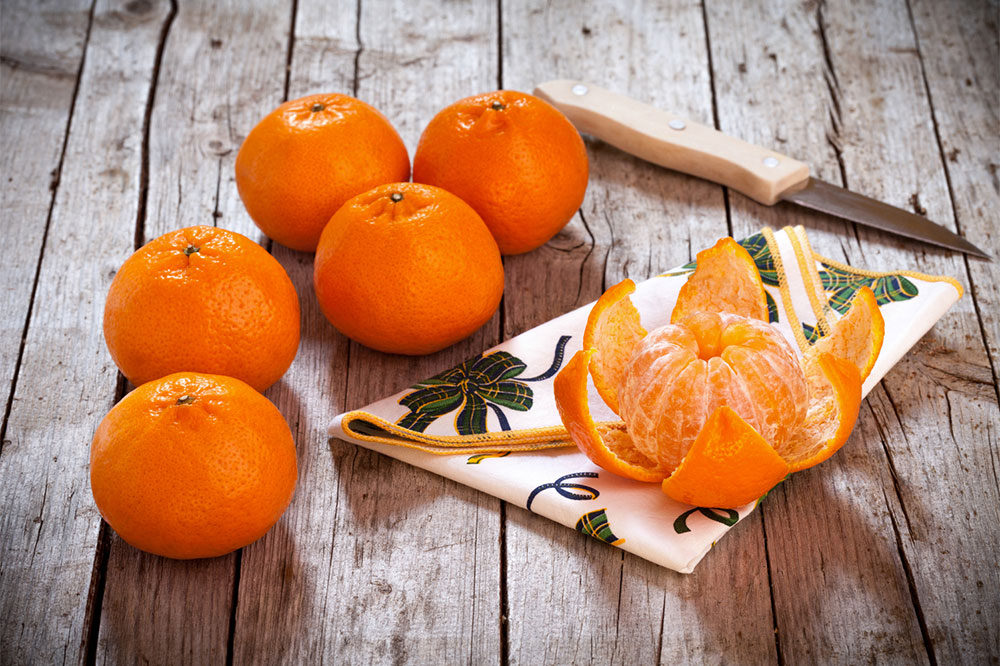
Expert Tips for Healthy Fruit Consumption in Diabetes Control
Managing diabetes effectively requires a comprehensive understanding of how foods impact blood sugar levels, particularly when it comes to fruits. Fruits are naturally rich in sugars such as fructose, which can influence blood glucose levels if consumed excessively or without proper planning. While fruits are an essential part of a balanced diet due to their high nutritional value, including vitamins, minerals, antioxidants, and dietary fiber, diabetics must select fruits wisely and monitor their intake to prevent blood sugar spikes. In this detailed guide, we explore strategies and key tips for choosing fruits that support blood sugar regulation without sacrificing nutritional benefits.
The Role of Fruits in Blood Sugar Management
Fruits are a valuable food group, but their carbohydrate content varies widely, affecting how they influence blood glucose. To optimize health and prevent adverse glucose fluctuations, it's crucial to understand the glycemic index (GI), which measures how quickly a food causes blood sugar levels to rise. Low GI fruits are digested and absorbed more slowly, leading to gradual increases in blood sugar that are easier to manage, especially for individuals with diabetes.
Selecting fruits with a low GI, controlling portion sizes, and timing fruit consumption throughout the day play vital roles in maintaining stable blood glucose levels. Proper portioning ensures that carbohydrate intake remains within recommended limits, generally no more than 15 grams of carbs per serving for diabetics. Incorporating a variety of fruits into the diet can promote overall health, support immune function, and provide essential nutrients, provided they are consumed thoughtfully.
Understanding the Impact of Fruits on Blood Sugar Levels
Carbohydrates in fruits directly influence post-meal blood sugar spikes. As such, diabetics should prioritize fruits with low glycemic indices, which release sugars gradually into the bloodstream, aiding in better glycemic control. It’s also important to recognize that certain fruits, while delicious and nutritious, can cause rapid increases in blood glucose due to their high GI values. Examples include watermelon, pineapple, and ripe bananas, which should be enjoyed in moderation.
To enjoy fruits safely, it’s recommended to carefully consider portion sizes. For instance, a small apple (about 4 ounces) or half a banana can provide beneficial nutrients without causing significant blood sugar increases. Berries, such as strawberries, blueberries, and raspberries, are excellent choices because of their low sugar content and high antioxidant levels, which can enhance immune health while aiding in glycemic control. Similarly, melons, kiwis, and small oranges are suitable options when eaten in moderation.
The method of fruit preparation and processing significantly affects their health benefits. Whole fruits retain their fiber content, which helps slow sugar absorption, whereas fruit juices and smoothies often lack fiber and can lead to rapid blood glucose spikes. For optimal health benefits, always opt for fresh or frozen whole fruits over processed options.
Incorporating these tips into daily routines can make a substantial difference in managing diabetes effectively:
Choose fresh or frozen fruits over dried or processed options.
Avoid fruit juices, which are high in sugars and lack fiber.
Consume fruits in moderation, sticking to recommended serving sizes.
Spread fruit intake throughout the day to avoid large spikes.
Prioritize low GI fruits such as berries, kiwis, and melons.
Limit high GI fruits like watermelon and pineapple, especially in large quantities.
By following these guidelines, individuals with diabetes can enjoy a variety of delicious fruits while maintaining tight control over blood glucose levels. These practices not only help with immediate blood sugar management but also contribute to overall health, boosting immunity and reducing the risk of complications associated with unmanaged diabetes. Remember, moderation and mindful choices are key to balancing fruit intake with effective diabetes control.
